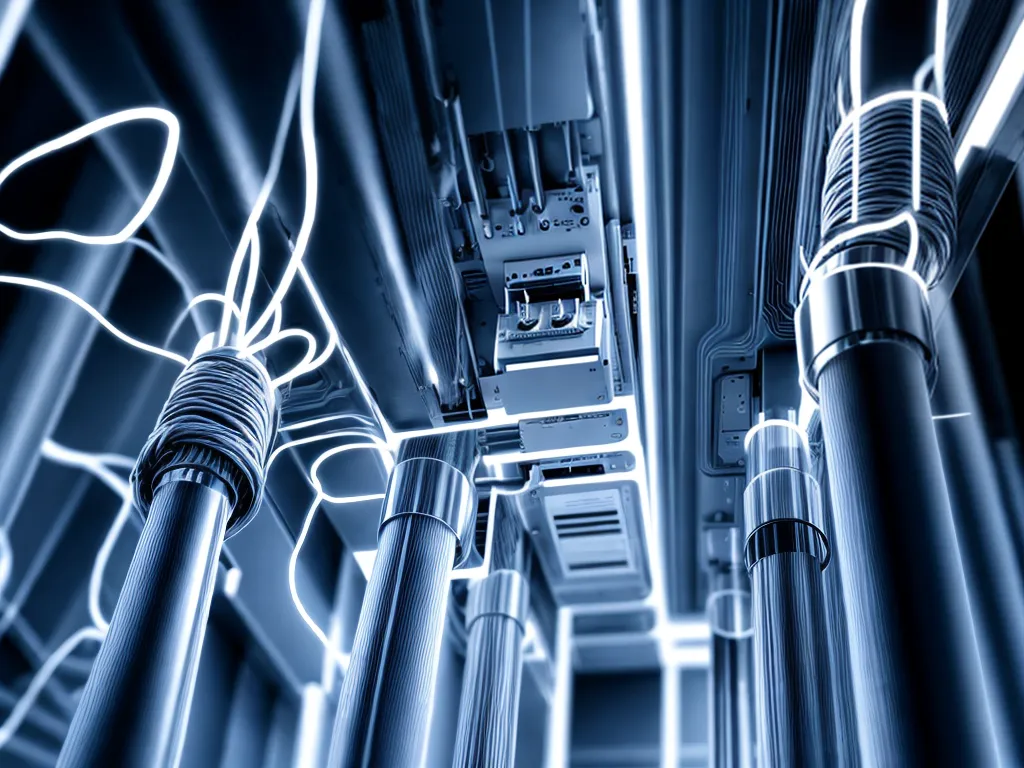
Identifying and Isolating Irregularities in Conformity Assessment of the National Electrical Code
As an electrical inspector, I often come across installations that fail to conform to the National Electrical Code (NEC). The NEC provides the minimum standards for safe electrical installations across the United States. Identifying and isolating irregularities during conformity assessments ensures public safety and prevents hazards like electrical fires and shocks.
Understanding the Importance of Conformity Assessment
Conformity assessment involves evaluating electrical installations, systems, equipment, and products to determine if they meet the requirements outlined in the NEC. Assessing conformity is crucial because the NEC aims to reduce deaths, injuries, and property damage from electrical causes. Some key reasons why conformity assessment matters include:
-
Preventing fires: Faulty wiring is a leading cause of electrical fires. Assessing conformity helps identify deficiencies that could start fires.
-
Avoiding shocks: Improper grounding and bonding can lead to shock hazards. Conformity assessment detects issues that could shock and electrocute.
-
Ensuring reliability: NEC compliance improves the reliability of electrical systems. This minimizes power outages and equipment failures.
-
Providing oversight: Conformity assessment creates accountability for electrical contractors and installers. It incentives proper workmanship.
Thorough conformity assessments are vital for achieving these public safety objectives. Irregularities must be identified and isolated to maintain compliance.
How I Identify and Isolate Irregularities
As an inspector, I use various methods to spot and address nonconforming conditions during assessments. Here are some of the key ways I identify and isolate irregularities:
Careful Visual Inspection
I meticulously inspect all electrical components and wiring installations. This allows me to detect deficiencies like:
-
Unsafe connections - Loose wiring, undersized conductors, unsecured cables
-
Lack of overcurrent protection - Missing fuses or circuit breakers
-
Insufficient wire sizing - Conductors undersized for connected loads
-
Faulty equipment - Unlisted or damaged devices, appliances, and luminaires
-
Poor workmanship - Messy, improper terminations and placements
Comparing Installations to NEC Requirements
I thoroughly review the relevant NEC articles for each electrical installation. Key areas I check for conformity include:
- Branch circuit and feeder sizing
- Overcurrent protection ratings
- Proper grounding and bonding
- Adherence to box fill, conduit fill, and service capacity rules
- Minimum wiring methods and supports
Testing Circuits and Equipment
I conduct electrical tests to verify proper functionality and safety. Examples include:
- Ground continuity testing using an ohmmeter
- GFCI and AFCI trip testing with outlet testers
- Infrared scanning to check for hot spots
- Voltage drop measurements to confirm adequate conductor sizing
Isolating Deficient Circuits and Sections
Where I find irregularities, I ensure they are isolated until corrected. For example, I have electricians:
- Disconnect noncompliant circuits at panels or junction boxes
- Rope off sections of installations that fail inspection
- Lock out deficient equipment to take it out of service
Isolating problems prevents their continued use and potential hazards. I only restore systems to service once irregularities are fixed.
Why Isolating Irregularities is Vital
Some may wonder why inspectors isolate noncompliant electrical sections instead of just noting them. There are a few compelling reasons:
-
Eliminates immediate hazards - Isolating deficiencies removes threats before they cause injury or damage.
-
Avoids inadvertent energization - Locking out problems prevents accidentally re-energizing faulty circuits.
-
Forces corrections - Contractors are obligated to properly fix issues to restore service.
-
Limits liability - Isolating irregularities demonstrates diligence in preventing dangers.
-
Improves compliance - The extra effort motivates contractors to perform to NEC standards.
Isolating nonconforming electrical installations protects the public until verified fixes are implemented. It is a critical last line of defense for conformity assessment.
As an inspector, I take conformity to the National Electrical Code seriously. Carefully identifying and isolating any irregularities I find is essential for safety. While assessing installations can be complex, the reward is preventing hazards like fires, shocks, and electrocutions. Catching and addressing problems makes electrical systems safer for everyone.